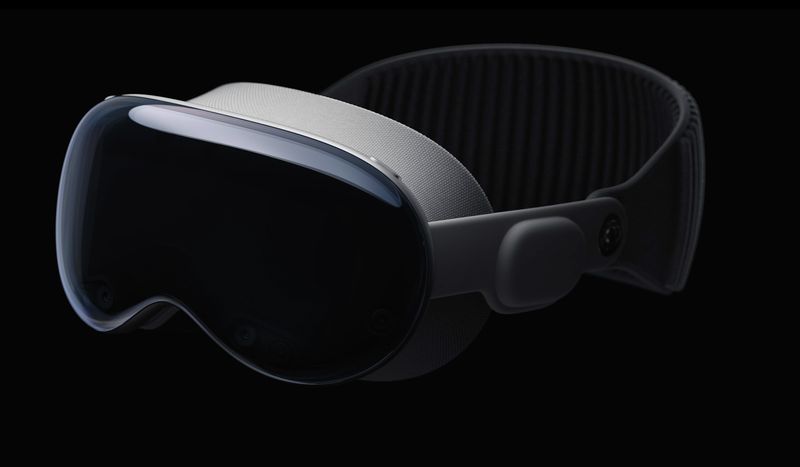Jefferies analysts raised concerns about the potential impact of Apple's (NASDAQ:AAPL) reduced trade-in values on iPhone 16 sales momentum.
In their latest note, the firm says Apple has cut trade-in values for existing iPhone models across five major markets, with the biggest reductions seen in China.
"Our tracking shows that trade-in value of existing iPhone models (12 to 15 series) has fallen YoY across the five major markets, suggesting downside risk of iPhone 16's sales momentum on launch," said Jefferies.
This change could effectively raise the cost of upgrading to the iPhone 16, potentially dampening consumer demand.
The analysts highlight that the trade-in value for iPhones has dropped by 12% for the Pro Max (PM) model and 16% for the Pro model in China compared to last year.
"China's trade-in value this year is still the highest among the five major markets we track," the report notes, but the sharp decline from last year is notable.
Jefferies attributes this shift to Apple's assessment that Huawei's comeback in the 5G space is limited by access to advanced chip technology.
As a result, they believe Apple has opted for a less aggressive trade-in strategy this year, unlike last year when it increased trade-in values by 25% to compete with Huawei's Mate 60.
"Lower trade-in value effectively raises the cost of upgrade to iPhone 16, so we are worried about downside in sales," adds the firm.
Jefferies is concerned that the lower trade-in values will negatively affect iPhone 16's sales momentum, especially given that approximately 60% of iPhone demand is driven by replacements.
With fewer groundbreaking hardware features in the iPhone 16 compared to the iPhone 15, Jefferies believes the trade-in value will play a crucial role in driving upgrade demand.
While the firm acknowledges that this could signal significantly enhanced AI features in the iPhone 17, it remains skeptical about substantial hardware upgrades in the near term.
However, they concluded: "Apple will unlikely have dramatic hardware upgrade in iPhone 17 that could handle much more sophisticated AI services. The likely timing of 2.5D chip packaging will be 2026. Therefore, we continue to worry about the negative impact of reduced trade-in value on demand for iPhone 16."
